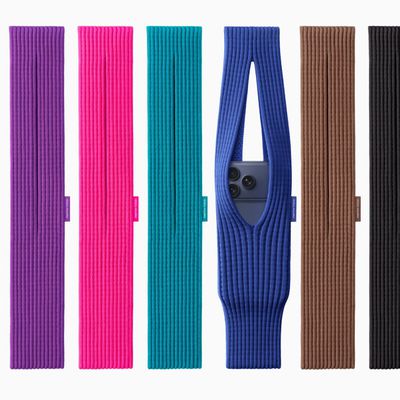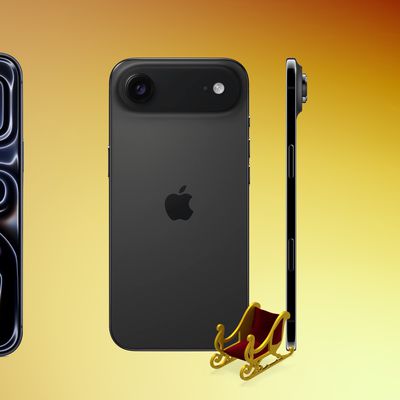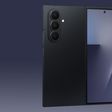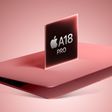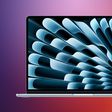Apple M5 Chip's Dual-Use Design Will Power Future Macs and AI Servers
Apple will reportedly use a more advanced SoIC packaging technology for its M5 chips, as part of a two-pronged strategy to meet its growing need for silicon that can power consumer Macs and enhance the performance of its data centers and future AI tools that rely on the cloud.
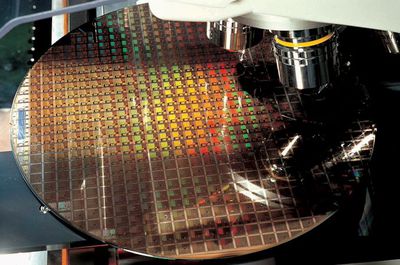
Developed by TSMC and unveiled in 2018, SoIC (System on Integrated Chip) technology allows for the stacking of chips in a three-dimensional structure, providing better electrical performance and thermal management compared to traditional two-dimensional chip designs.
According to the Economic Daily, Apple has expanded its cooperation with TSMC on a next-generation hybrid SoIC package that additionally combines thermoplastic carbon fiber composite molding technology. The package is said to be in a small trial production phase, with the intention of mass producing the chips in 2025 and 2026 for new Macs and AI cloud servers.
References to what are believed to be Apple's M5 chip have already been discovered in official Apple code. Apple has been working on processors for its own AI servers made with TSMC's 3nm process, targeting mass production by the second half of 2025. However, according to Haitong analyst Jeff Pu, Apple's plans in late 2025 are to assemble AI servers powered by its M4 chip.
Currently, Apple's AI cloud servers are believed to be running on multiple connected M2 Ultra chips, which were originally designed solely for desktop Macs. Whenever the M5 is adopted, its advanced dual-use design is believed to be a sign of Apple future-proofing its plan to vertically integrate its supply chain for AI functionality across computers, cloud servers, and software.
(Via DigiTimes.com.)
Popular Stories
Apple recently teamed up with Japanese fashion brand ISSEY MIYAKE to create the iPhone Pocket, a limited-edition knitted accessory designed to carry an iPhone. However, it is now completely sold out in all countries where it was released.
iPhone Pocket became available to order on Apple's online store starting Friday, November 14, in the United States, France, China, Italy, Japan, Singapore, ...
Netflix has quietly removed the ability to cast content from its mobile apps to most modern TVs and streaming devices, including newer Chromecast models and the Google TV Streamer.
The change was first spotted by users on Reddit and confirmed in an updated Netflix support page (via Android Authority), which now states that the streaming service no longer supports casting from mobile devices...
Cyber Week is here, and you can find popular Apple products like AirPods, iPad, Apple Watch, and more at all-time low prices. In this article, the majority of the discounts will be found on Amazon.
Note: MacRumors is an affiliate partner with some of these vendors. When you click a link and make a purchase, we may receive a small payment, which helps us keep the site running.
Specifically,...
The updated specs of the M5 iPad Pro may point toward a major new feature for Apple's next-generation Studio Display expected in early 2026.
Apple's latest iPad Pro debuted last month and contains one display-related change that stands out: it can now drive external monitors at up to 120Hz with Adaptive Sync. The feature should deliver lower latency, smoother motion, and fewer visual...
Apple AI chief John Giannandrea is stepping down from his position and retiring in spring 2026, Apple announced today.
Giannandrea will serve as an advisor between now and 2026, with former Microsoft AI researcher Amar Subramanya set to take over as vice president of AI. Subramanya will report to Apple engineering chief Craig Federighi, and will lead Apple Foundation Models, ML research, and ...
While all Macs are now powered by Apple's custom-designed chips, a new rumor claims that Apple may rekindle its partnership with Intel, albeit in a new and limited way.
Apple supply chain analyst Ming-Chi Kuo today said Intel is expected to begin shipping Apple's lowest-end M-series chip as early as mid-2027.
Kuo said Apple plans to utilize Intel's 18A process, which is the "earliest...
Cellular carriers have always offered big savings on the newest iPhone models during the holidays, and Black Friday 2025 sales have kicked off at AT&T, Verizon, T-Mobile, and more. Right now we're tracking notable offers on the iPhone 17, iPhone 17 Pro, iPhone 17 Pro Max, and iPhone Air. For even more savings, keep an eye on older models during the holiday shopping season.
Note: MacRumors is...
On this week's episode of The MacRumors Show, we talk through the latest rumors about Apple's upcoming iPad mini 8.
Subscribe to The MacRumors Show YouTube channel for more videos
The next-generation version of the iPad mini is expected to feature an OLED display, as part of Apple's plan to expand the display technology across many more of its devices. Apple's first OLED device was the Apple...
Apple is expected to launch a new foldable iPhone next year, based on multiple rumors and credible sources. The long-awaited device has been rumored for years now, but signs increasingly suggest that 2026 could indeed be the year that Apple releases its first foldable device.
Subscribe to the MacRumors YouTube channel for more videos.
Below, we've collated an updated set of key details that ...
![]()


